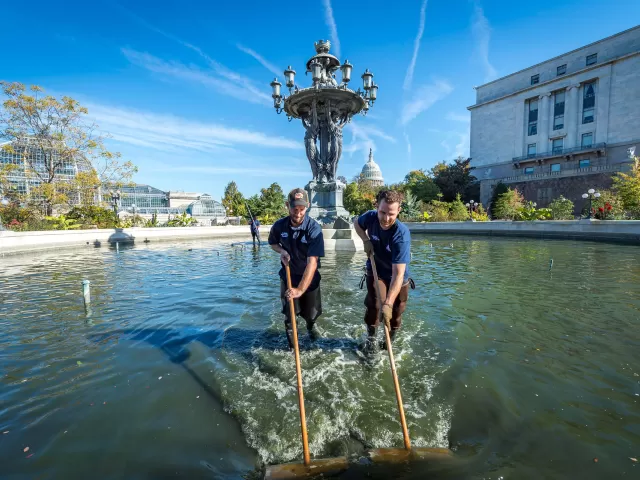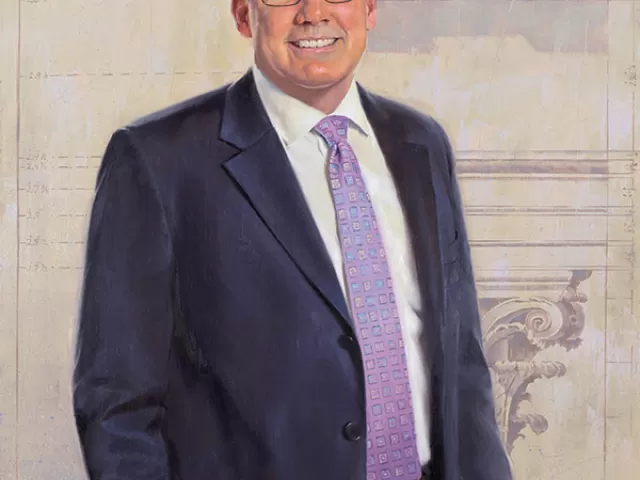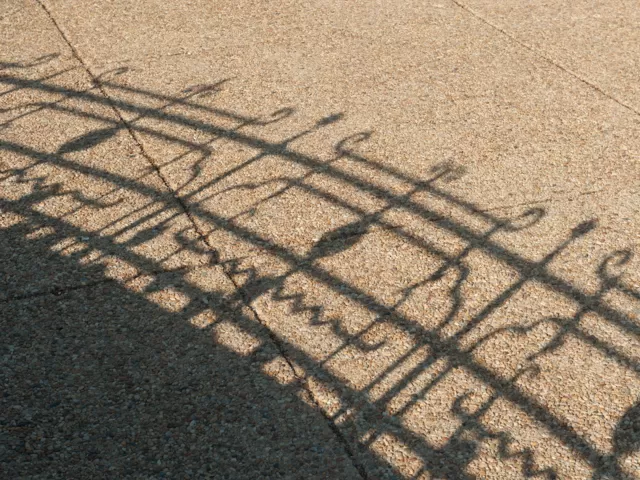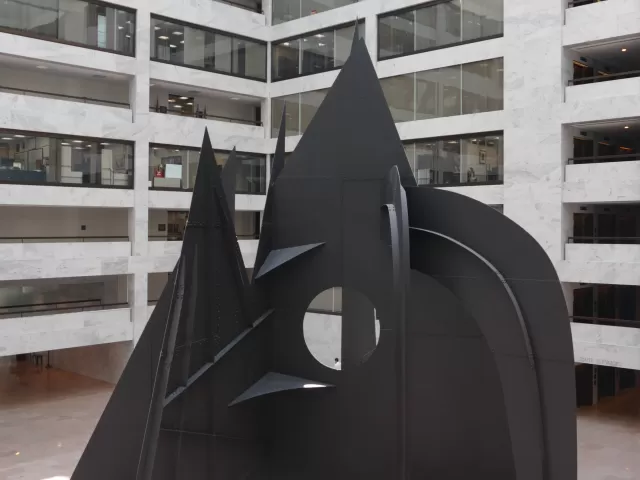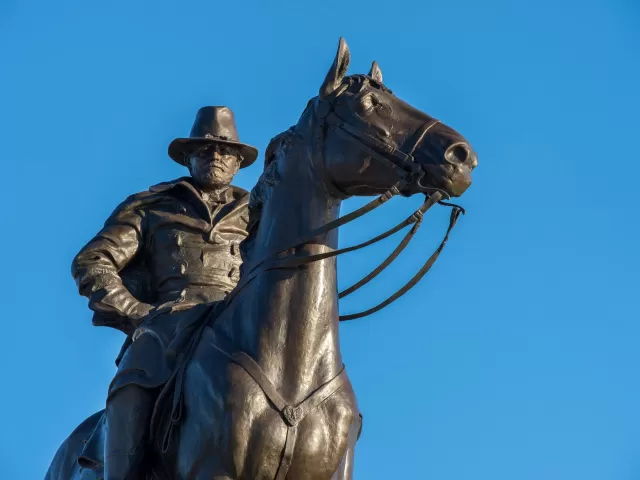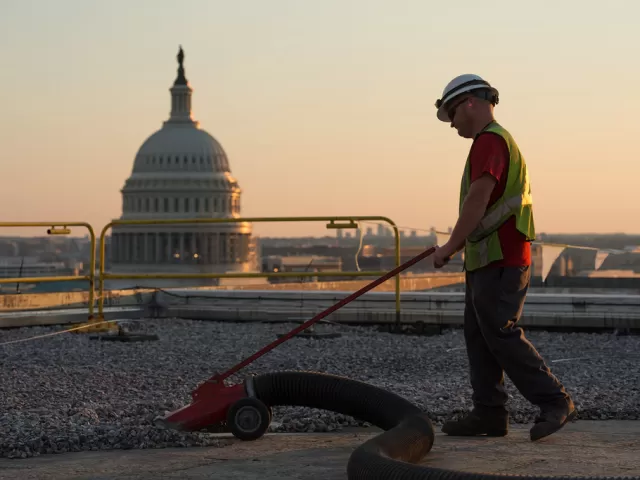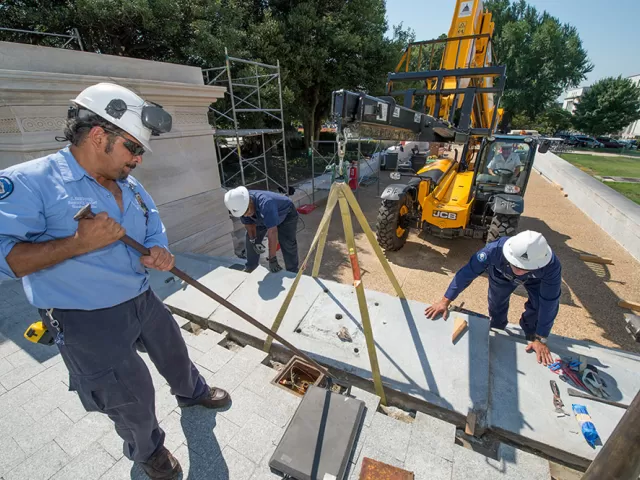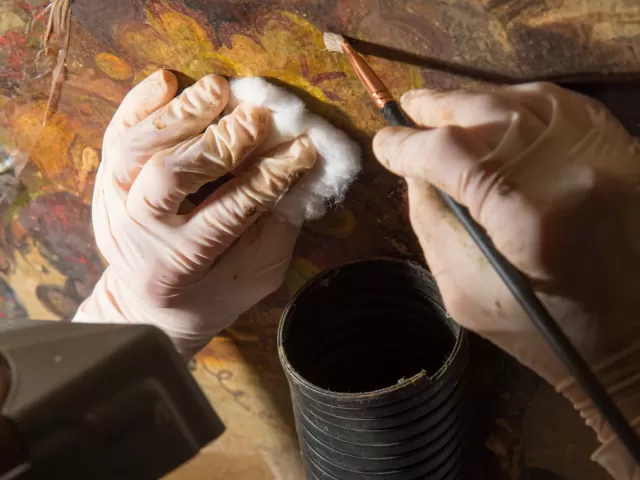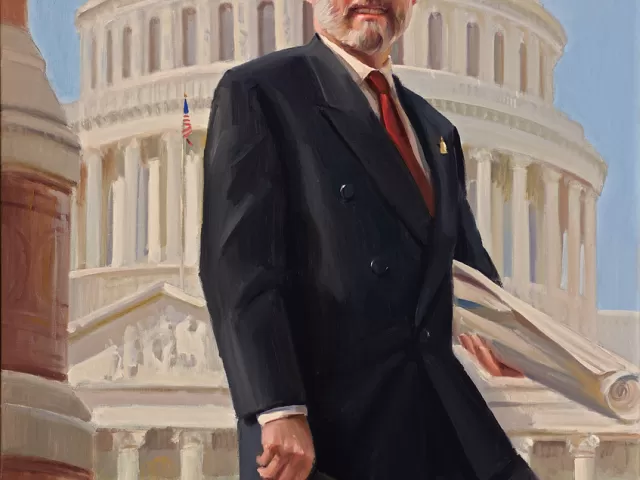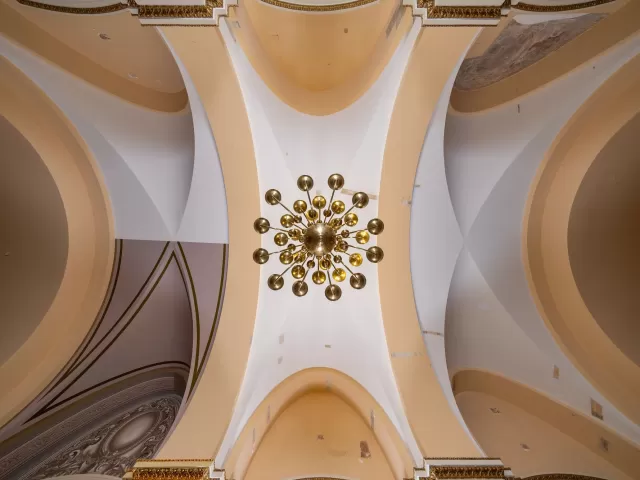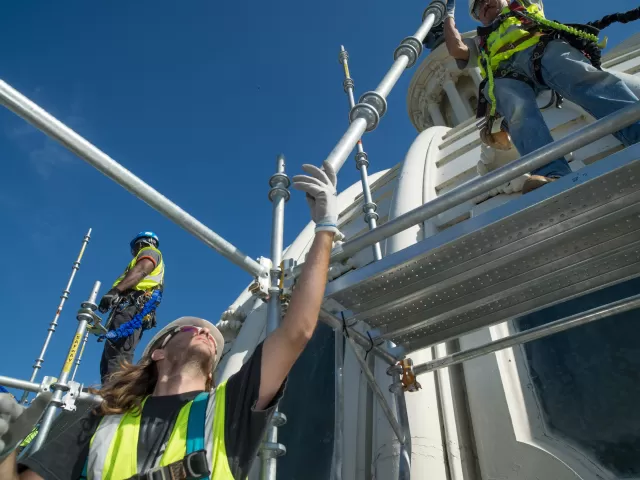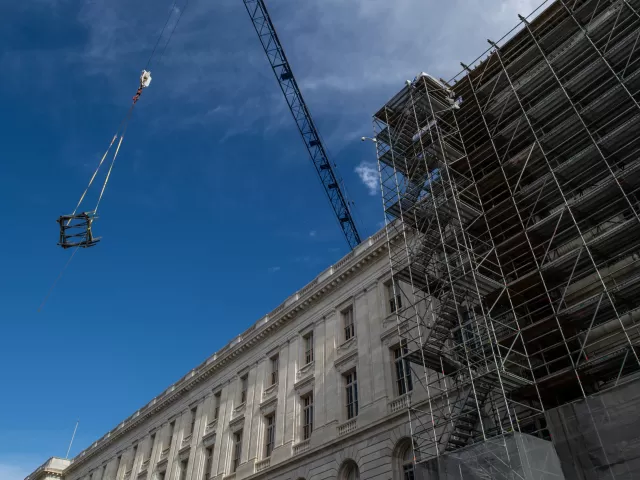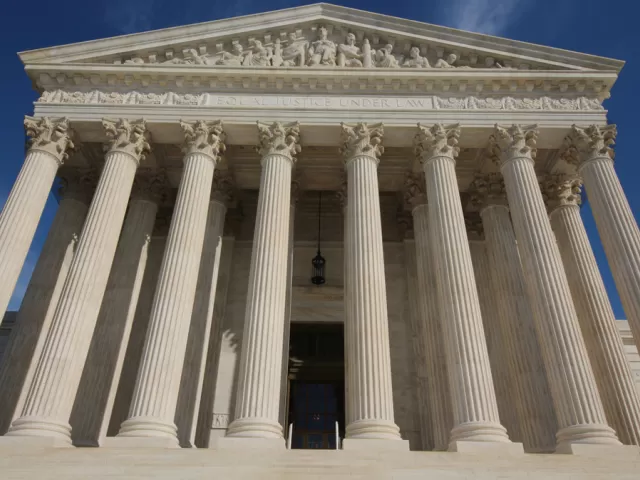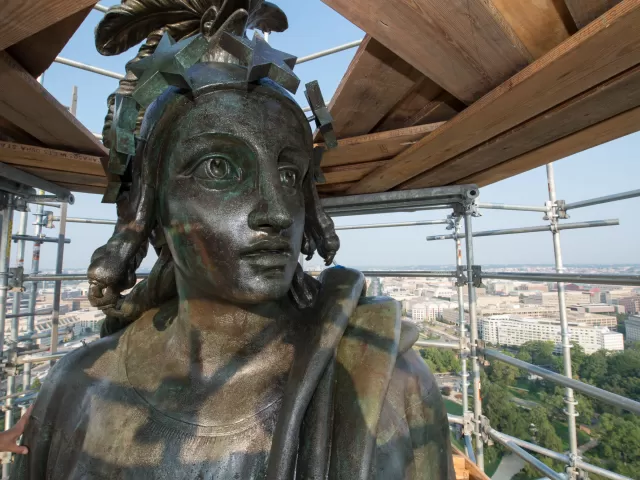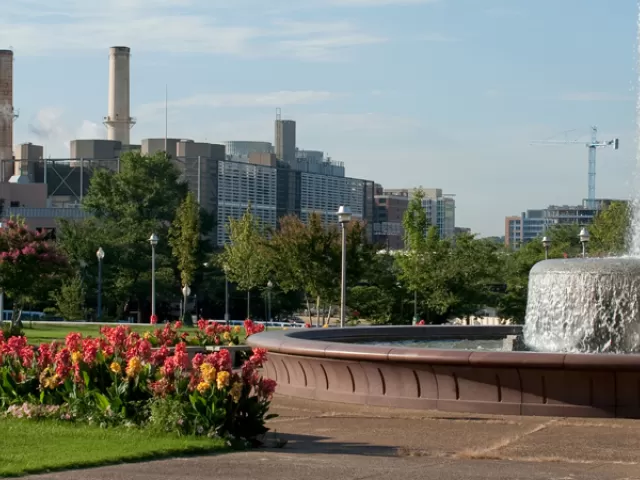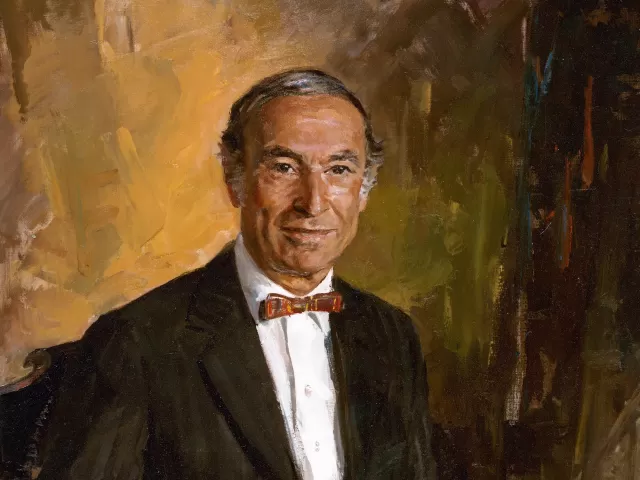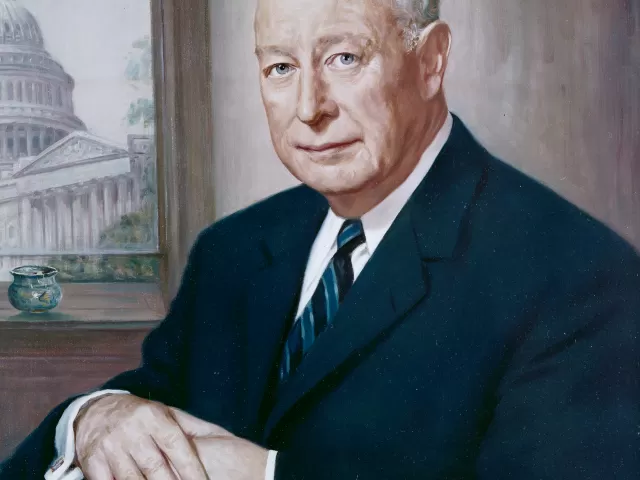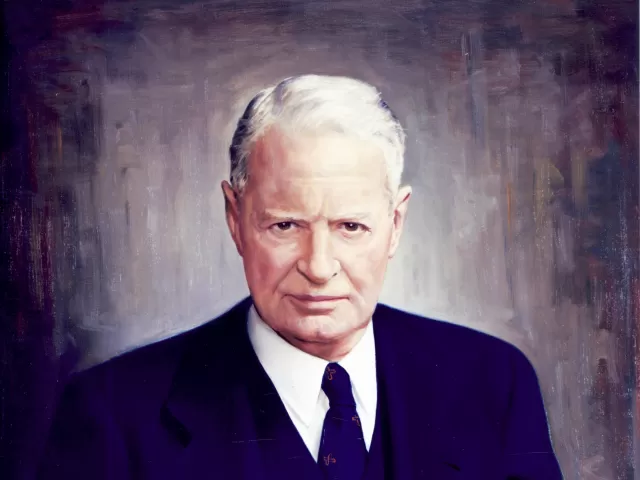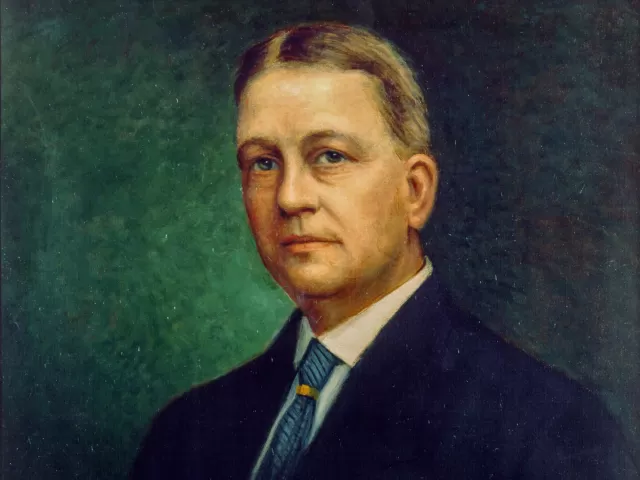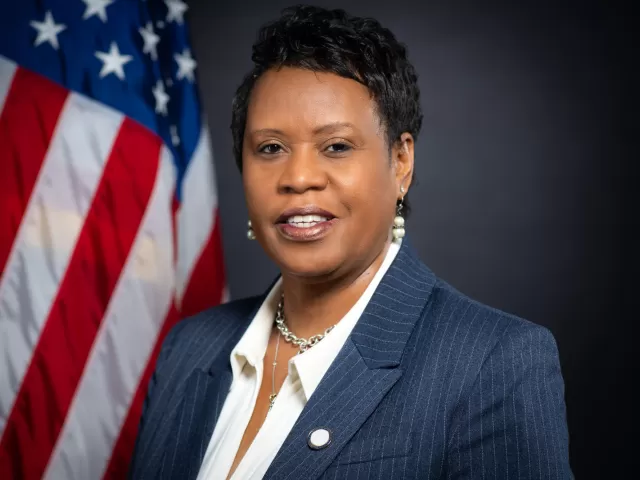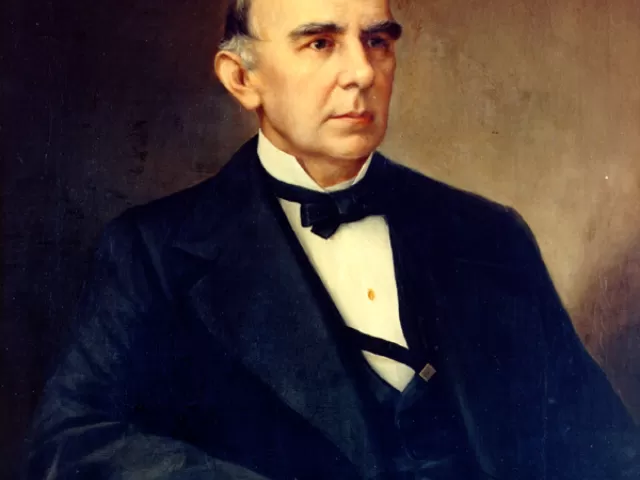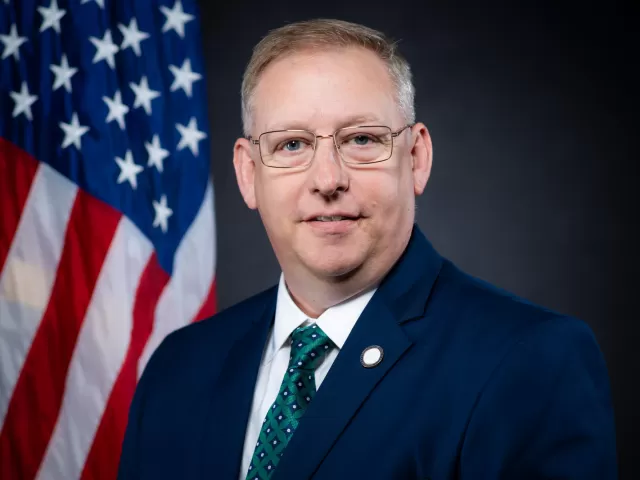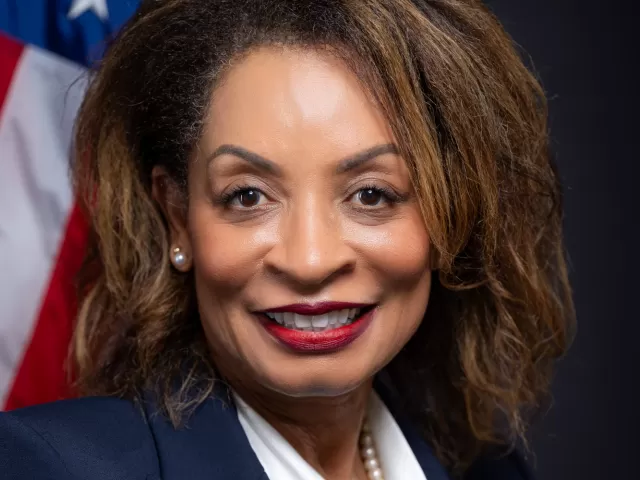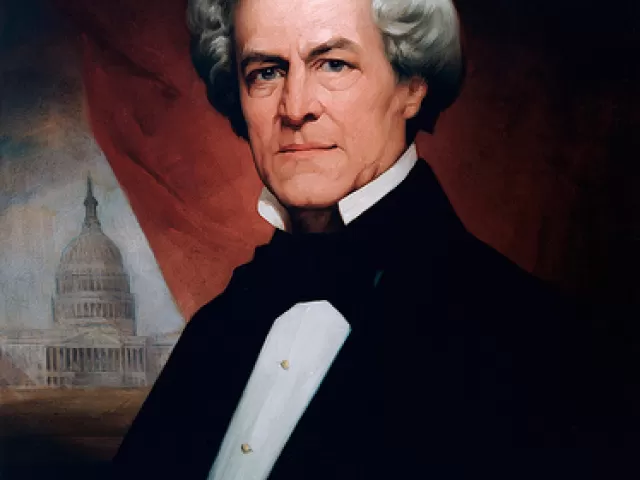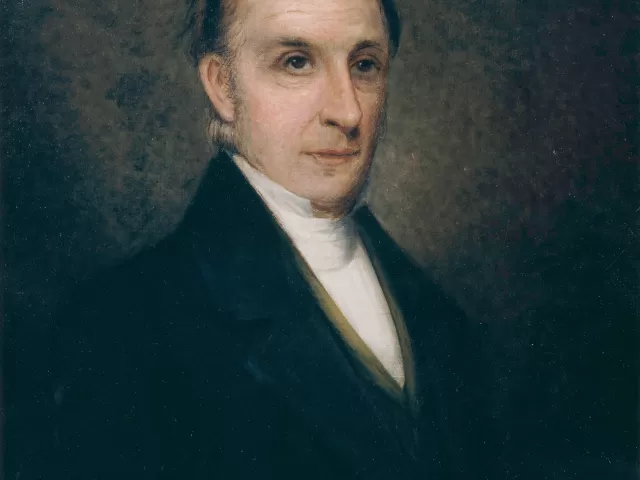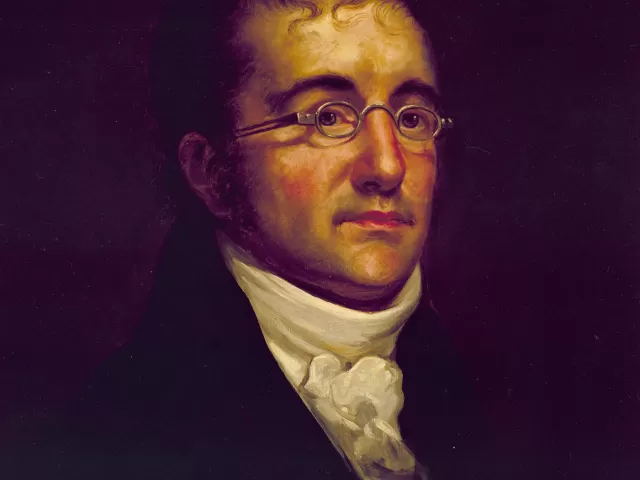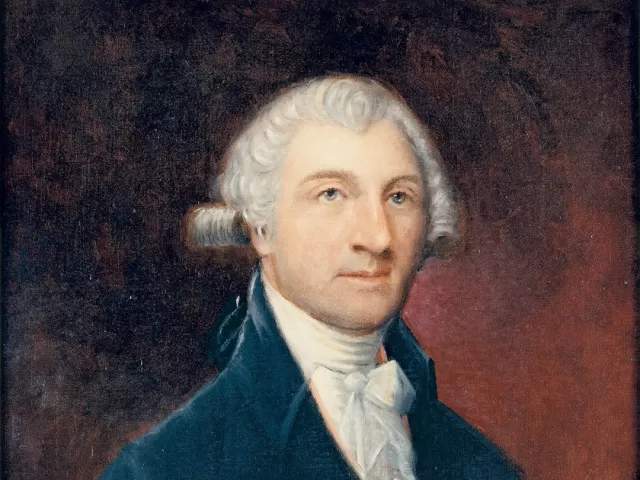Displaying 31 - 60 of 60 Clear
Project
The United States Botanic Garden and Architect of the Capitol have made improvements to provide a safe and accessible route from Bartholdi Park to the American Veterans Disabled for Life Memorial and upgrade the aging infrastructure of the historic Park.
Person
Nominated February 24, 2010; Confirmed by the U.S. Senate May 12, 2010; Retired November 23, 2018. On February 24, 2010, President Barack Obama nominated Stephen T. Ayers to serve as the 11th Architect of the Capitol. On May 12, 2010, the United States Senate, by unanimous consent, confirmed Mr
Project
The Architect of the Capitol's work to improve the accessible pathway for the Capitol campus and meet standards set by the Americans with Disabilities Act. Work around the House, Senate and Library buildings is complete.
Project
Work includes cleaning of the stone and pediment sculpture, replacement of the mortar and sealants at all of the stone joints, treatment of the carved stone and pediment sculpture, replacement of stone where elements are missing or cannot be repaired, and replacement of the bird deterrent systems
Project
Mountains and Clouds, installed in the Hart Senate Office Building Atrium in 1986, was the last work of Alexander Calder (1898-1976), one of America's greatest twentieth-century sculptors. This sculpture, his only work with a separate mobile and stabile, consists of four organically shaped clouds
Project
The Ulysses S. Grant Memorial is regularly maintained to keep it in good condition.
Project
In December 2014, the Architect of the Capitol (AOC) began replacing the roof and 180 skylights and upgrading the fall protection system on the Hart Senate Office Building. The roof and skylights, which were installed in 1982, had reached the end of their useful life and, over time, had allowed
Project
To properly restore the Olmsted Terrace, a six-phased project is underway by the Architect of the Capitol (AOC) to repair the masonry at the terrace walls.
Project
In 2017 the Architect of the Capitol completed a long-term conservation effort to restore the murals of the Brumidi Corridors on the first floor of the U.S. Capitol's Senate wing.
Person
Nominated January 6, 1997; Retired February 4, 2007. Alan M. Hantman, FAIA, was appointed Architect of the Capitol for a 10-year term in 1997 and was the first Architect of the Capitol to undergo confirmation according to new procedures established by legislation in 1989. As Architect of the Capitol
Project
Restoring areas of the U.S. Capitol to represent an appropriate period as determined by the curatorial community.
Project
The United States Capitol Dome, symbol of American democracy and world-renowned architectural icon, was constructed of cast iron more than 150 years ago. The restoration project consisted of repairing more than 1,000 cracks to make the Dome watertight and included the restoration and replacement of
Project
The Cannon Renewal Project provides an effective workplace for the next century to serve the needs of the U.S. House of Representatives and support Congressional operations.
Project
The Architect of the Capitol (AOC) has completed construction related to the 2025 Inaugural Ceremonies.
Project
The building, designed by architect Cass Gilbert, was constructed between 1929 and 1935. The classically detailed exterior is clad with white Vermont Imperial Danby marble with bronze windows and ornamental bronze doors, railings and light fixtures. In December 2005, a modillion from the pediment
Project
The Statue of Freedom is regularly maintained to keep it in good condition.
Project
At the Capitol Power Plant we are planning for the future. Through rigorous analysis of various energy technologies and broad consultation with leading experts, we explored options for achieving future energy savings, reducing environmental impacts and maintaining a reliable source of chilled water
Person
Appointed January 27, 1971; Retired November 21, 1995. George M. White, FAIA, was appointed Architect of the Capitol in 1971. He was the last person to be appointed without the advice and consent of the United States Senate to a term of unspecified duration. As Architect of the Capitol, White
Person
The Chief Engineer has primary responsibility for master planning, building performance audits, retro-commissioning and facility condition assessments. The Office of the Chief Engineer also manages the energy and sustainability program, provides project-funded, in-house construction services
Person
October 1, 1954 - May 24, 1970 (died in office). J. George Stewart was appointed Architect of the Capitol in 1954 to fill the vacancy caused by David Lynn's retirement. Like his two predecessors, Stewart was not an architect, but unlike Woods and Lynn, he had no prior experience with the Architect
Person
David Lynn was appointed Architect of the Capitol in 1923 to fill the vacancy caused by Elliott Woods' death.
Person
Appointed February 19, 1902; Died in office May 22, 1923. Elliott Woods was appointed "Superintendent of the Capitol Building and Grounds" to fill the vacancy caused by Edward Clark's death. Because Woods was not an architect, the name of the office was changed to "Superintendent." The title
Person
The Chief Financial Officer oversees the Architect of the Capitol's (AOC) billion-dollar budget as well as provides stewardship over its financial resources that sustain the financial operation needs of the offices/jurisdictions and central services of the AOC.
Person
Appointed August 30, 1865; Died in office, January 6, 1902 Edward Clark was appointed Architect of the Capitol Extension in 1865 to fill the vacancy caused by Thomas U. Walter's resignation. Under way for over 14 years, the interior of the U.S. Capitol extension was at this point complete, and only
Person
The Chief Security Officer is responsible for the agency's security programs and infrastructure, interagency emergency preparedness, continuity of operations, and the management and operation of the buildings, grounds and security enhancements supporting the U.S. Capitol Police.
Person
The Chief Administrative Officer is responsible for providing administrative and business support and overseeing the following AOC organizations: AOC University; Curator Division; Equal Employment Opportunity Division; Human Capital Management Division; Information Technology Division; Office
Person
Appointed June 11, 1851; Resigned May 26, 1865. Thomas U. Walter's plans for the enlargement of the U.S. Capitol were approved by President Millard Fillmore and he was appointed Architect of the Capitol Extension in 1851. While he oversaw the construction of new marble wings, the commissioner of
Person
Appointed by President James Monroe and the Commissioner of Public Buildings, January 8, 1818; Office abolished June 25, 1829. Charles Bulfinch was hired by the commissioner of public buildings in 1818 to replace Benjamin Henry Latrobe. He continued the restoration of the two wings, which were
Person
Hired by President Thomas Jefferson, March 6, 1803; construction halted by July 1, 1811; Hired by President James Madison, April 6, 1815; Resigned November 20, 1817. Benjamin Henry Latrobe was hired by President Jefferson in 1803 to fill the position of "Surveyor of Public Buildings," with the
Person
Design selected by President George Washington, 1793; appointed a commissioner of the federal city by President Washington, 1794, and served until 1802. Dr. William Thornton was an amateur architect who is honored as the "first architect" because his design for the U.S. Capitol was accepted by
